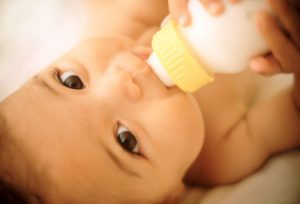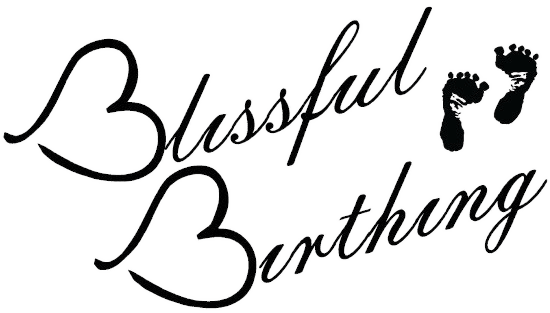 How you choose to feed your baby is a complex, personal decision. Whether you choose to breastfeed or formula feed, certain considerations must be taken to ensure feeding is as safe as possible.
How you choose to feed your baby is a complex, personal decision. Whether you choose to breastfeed or formula feed, certain considerations must be taken to ensure feeding is as safe as possible.
Before I get in to the bulk of this post, let me start by saying that this will not be a post about the nutritional content of various brands of formula. If you’re looking for a resource with ingredients in various formula brands, this blog will be helpful. This blog will serve as a reference for families who are feeding their babies formula to help make it as safe as possible.
Note: Formula should always be prepared according to the manufacturer’s instructions. Period. There is no reason why you should deviate from their preparation and/or storage instructions. Never add anything to formula including, but not limited to: flavoring and cereal.
Formula Preparation
I took the time to reach out to two major formula companies to learn about the reasoning behind their instructions so I could share that information with you. Please remember that this information is not to take the place of thoroughly reading the manufacturer’s instructions on the formula you have purchased. If you have any questions about the product you purchased, call the number on the container.
- The WHO recommends boiling water before preparing abottle. This is because powdered formula is not sterile. Boiling water will help to kill bacteria that may have contaminated the powder.
- Some pediatricians will advise that there is no need to boil water if you do not have concerns about the quality of your water. This is a decision to make with your pediatrician.
- You may use either room temperature, cool or warm water.
- You can leave out formula prepared with room temperature or cool water for up to 2 hours before feeding. If you used warm water or warmed the bottle, it should be fed immediately. The reason for this is that bacteria grow more rapidly at warmer temperatures.
- PRO TIP: Some people find that formula dissolves better in room temperature or warm water.
- Feeding from the bottle can introduce bacteria. Once you feed your baby from a bottle, you have one hour to finish the feed or discard the remainder.
- Ready-to-Feed liquid formulas are not necessary for healthy, full-term babies.
- Liquid formulas carry no fewer risks than hygienically prepared powdered formula. Once you open a bottle of liquid formula it is no longer sterile beyond the first bottle. If your baby requires sterile, the 2oz nurser size bottles of ready-to-feed formula may be preferred.
- Pediatricians may recommend ready-to-feed formula for pre-term babies or babies with weakened immune systems.
How to Safely Prepare a Bottle
Again, check with the package for the specific recommendations for the formula you are using. Generally, the following guidelines are sufficient:
- Wash bottles well with hot, soapy water (or put in the dishwasher) between uses. Air dry bottles upside down to prevent any airborne particles from settling in the bottle.
- Before preparing a bottle, wash your hands well with warm, soapy water.
- Check the “Use By” date on the package. Use the powder within one month of opening.
- PRO TIP: Write the date the can was opened, in marker, where it is clearly visible.
- Add the appropriate amount of water and powdered formula to the bottle. Screw on the collar and nipple and cap the bottle before mixing.
- Mixing formula is not an exact science. You will see on the package to add “loose scoops” of powder to the water. Scoop and either tap off the excess powder or use the back of a clean, dry knife to level the scoop.
- With ready-to-feed, do not add water.
- Read the packaging to see how soon after opening you must discard the remaining formula. This will vary by manufacturer.
- Ready-to-feed is not the same as “concentrate.” You must dilute concentrate according to the instructions on the package before feeding.
The WHO Guidelines on safe bottle preparation can be found here.
Do not leave formula out for longer than suggested by the manufacturer, regardless of what your pediatrician says.
Additional Reading
This post is for informational purposes only. It should not take the place of reading the manufacturer’s instructions and/or consultation with a healthcare professional. The above information does not diagnose, treat, cure, or prevent any disease.


Comments 1
Pingback: I Want to Stop Pumping! - How to Wean from the Breast Pump | Westchester Breastfeeding Support